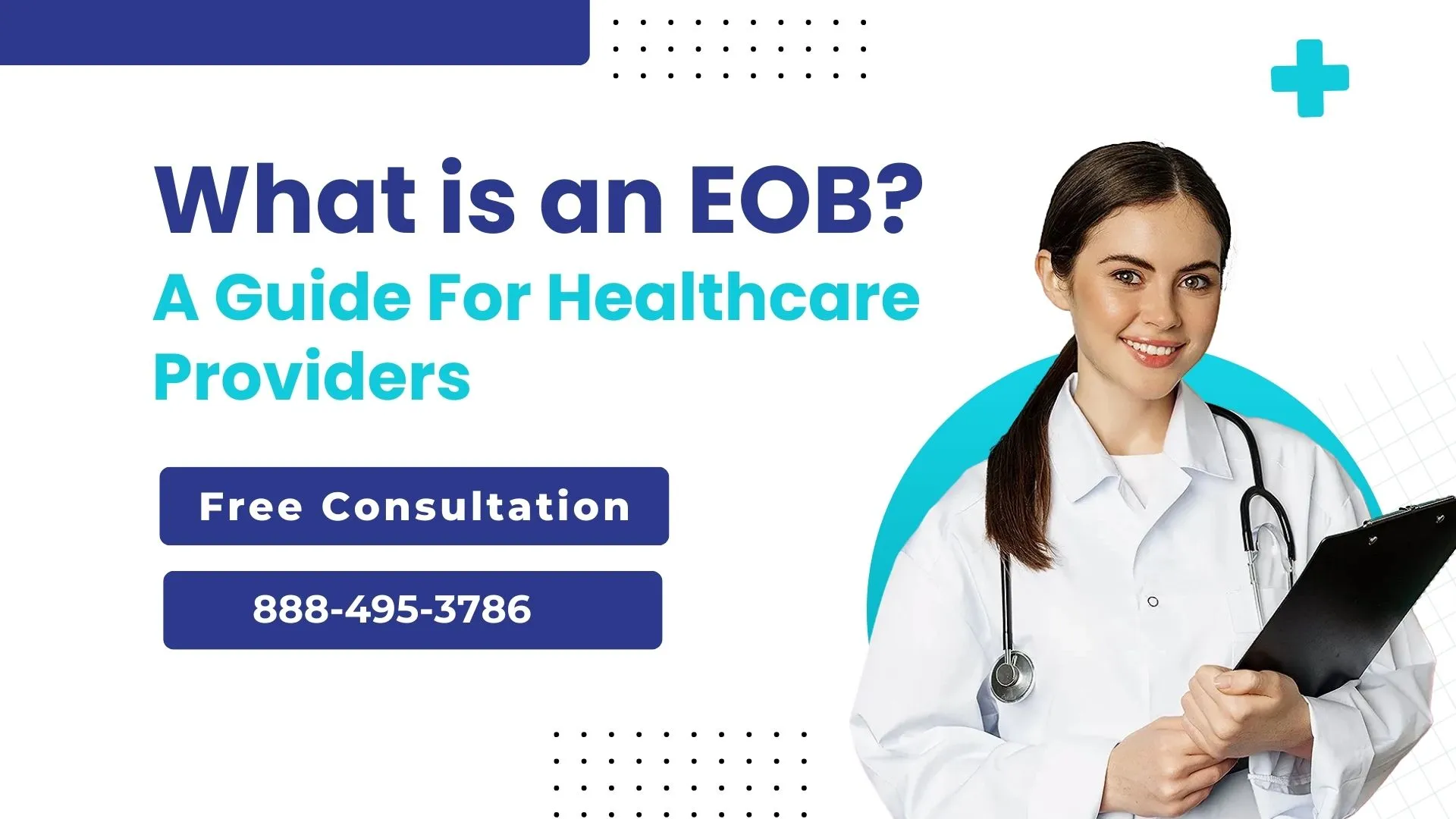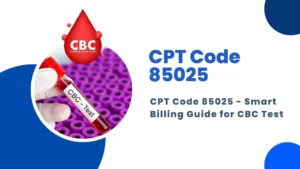Accessing the complex world of medical billing can be daunting. Yet, one document stands out as essential for healthcare providers, medical billers, and hospital administrators—the Explanation of Benefits or EOB.
Understanding what is EOB in medical billing is important for efficient financial management in healthcare settings. This guide will walk you through the ins and outs of EOBs, illuminating their importance and offering practical tips for leveraging them effectively.
Introduction to EOBs
An Explanation of Benefits (EOB) is a document that your healthcare provider sends you after you receive medical services, explaining what your insurance will cover versus what you owe. It breaks down claim details, showing how insurance benefits are applied and what costs are still your responsibility. Knowing how to read and interpret an EOB is fundamental for anyone involved in healthcare administration, ensuring that billing processes are transparent and accurate.
Importance of EOBs
EOBs are more than just paperwork. They serve as a vital link between healthcare providers, patients, and insurers, reflecting claims processed and payments made. For healthcare providers, understanding EOBs is essential to managing patient accounts and ensuring smooth communication about financial responsibilities. Additionally, these documents are instrumental in tracking insurance adjustments and identifying any errors or discrepancies in billing.
Understanding an EOB
To fully grasp the concept, let’s break down a standard EOB.
Typically, an EOB includes the following:
- Patient Information: This section details the patient’s name, insurance ID, and claim number.
- Service Details: Here, you’ll find a list of services provided, with dates and descriptions.
- Insurance Coverage: This part explains how much of the service cost the insurance covered.
- Provider Payments: It outlines the amount paid to the provider and the patient’s remaining responsibility.
Comprehending these components is vital for healthcare providers to ensure billing accuracy and clarity.
Sample EOB Analysis
Let’s analyze a sample of EOB to illustrate its structure and significance. Imagine an EOB from Delta Dental, which provides dental coverage information. The EOB starts with personal details, followed by the services like cleanings, fillings, and X-rays. Each service will have a corresponding cost breakdown, insurance contribution, and patient obligation. By understanding this analysis, healthcare providers can effectively communicate with patients about their responsibilities.
EOB vs. Bill
It’s important to differentiate between an EOB and a bill. While an EOB explains insurance decisions, a bill represents the actual amount owed to the provider. An explanation of benefits vs bill comparison highlights the EOB’s role in detailing how claims are processed and what the patient should expect to pay eventually. This distinction helps in maintaining transparency and avoiding confusion for both providers and patients.
Importance of Accurate Billing
Accurate billing is the backbone of any healthcare operation. Errors in billing can lead to payment delays, patient dissatisfaction, and revenue loss. By ensuring precise interpretation of EOBs, healthcare providers can enhance their revenue cycle management, reduce disputes, and foster trust with patients. Accurate billing directly impacts the financial health of healthcare institutions, making it a priority for all involved.
Best Practices for Providers
Healthcare providers need to adopt best practices when dealing with EOBs to streamline billing processes. Here are some tips:
- Double-Check Claims: Always verify the accuracy of codes and patient information before submitting claims.
- Stay Informed: Keep up-to-date with insurance policies and any changes in coverage that might affect EOBs.
- Effective Communication: Clearly explain EOBs to patients, helping them understand their financial responsibilities.
Providers Care Billing LLC, based in Illinois, offers an excellent solution for medical billing challenges. By providing comprehensive services at a competitive rate of just 2.89%, we ensure client satisfaction and efficiency in handling billing processes.
Conclusion
In the realm of medical billing, EOBs are indispensable tools. They illuminate the claims process, enhance communication, and ensure accurate financial management. For healthcare providers, understanding and utilizing EOBs effectively can lead to seamless billing operations and satisfied patients. By integrating best practices and using professional billing services like Providers Care Billing LLC, healthcare institutions can achieve outstanding results and maintain financial integrity.
In conclusion, mastering EOBs is essential for anyone involved in healthcare administration. It’s a skill that not only simplifies billing but also strengthens the relationship between providers, patients, and insurers. Take the time to understand and implement the insights shared in this guide, and you’ll be well on your way to efficient and effective medical billing.




